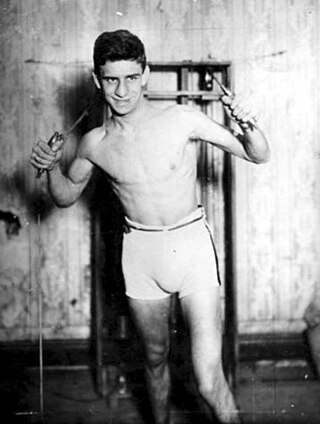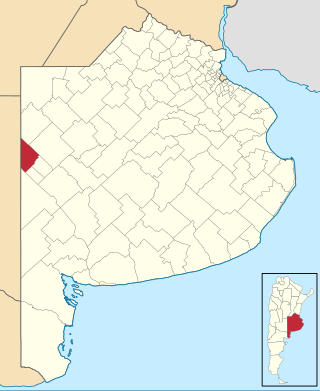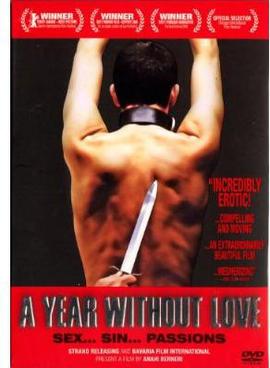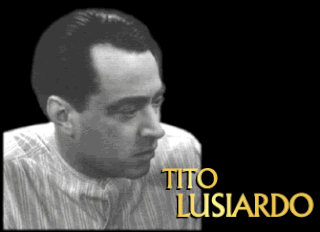
Carlos Gardel was a French-born Argentine singer, songwriter, composer and actor, and the most prominent figure in the history of tango. He was one of the most influential interpreters of world popular music in the first half of the 20th century. Gardel is the most famous popular tango singer of all time and is recognized throughout the world. He was notable for his baritone voice and the dramatic phrasing of his lyrics. Together with lyricist and long-time collaborator Alfredo Le Pera, Gardel wrote several classic tangos.

Buenos Aires, officially the Autonomous City of Buenos Aires, is the capital and primate city of Argentina. The city is located on the western shore of the Río de la Plata, on South America's southeastern coast. "Buenos Aires" is Spanish for "fair winds" or "good airs". Buenos Aires is classified as an Alpha global city, according to the Globalization and World Cities Research Network (GaWC) 2020 ranking.
Junta Grande, or Junta Provisional Gubernativa de Buenos Aires, is the most common name for the executive government of the United Provinces of the Río de la Plata, that followed the incorporation of provincial representatives into the Primera Junta.

Carlos Casares Partido is a partido of Buenos Aires Province in Argentina.

Pedro Quartucci was an Argentine boxer and actor.

Pellegrini Partido is a partido on the western border of Buenos Aires Province in Argentina.

A Year Without Love is a 2005 Argentine drama film directed by Anahí Berneri, and written by Berneri and Pablo Pérez, adapting Pérez's autobiographical novel of the same title.

Mecha Ortiz was a classic Argentine actress who appeared in films between 1937 and 1981, during the Golden Age of Argentine Cinema. At the 1944 Argentine Film Critics Association Awards, Ortiz won the Silver Condor Award for Best Actress for her performance in Safo, historia de una pasión (1943), and won it again in 1946 for her performance in El canto del cisne (1945). She was known as the Argentine Greta Garbo and for playing mysterious characters, who suffered by past misfortunes in love, mental disorders, or forbidden love. Safo, historia de una pasión was the first erotic Argentine film, though there was no nudity. She also played in the first film in which a woman struck a man and the first film with a lesbian romance. In 1981, she was awarded the Grand Prize for actresses from the National Endowment for the Arts.

An American in Buenos Aires is a 1961 Argentine film directed by George Cahan. The film was based on the story by Antonio de Lara. The film starred Mamie Van Doren and Jean-Pierre Aumont. It is also known by the alternative title of The Blonde from Buenos Aires.

Buenos Aires a la vista is a 1950 Argentine musical drama film directed and written by Luis Bayón Herrera with Carlos A. Petit. The tango film premiered on September 20, 1950 in Buenos Aires.

Laura Ana "Tita" Merello was an Argentine film actress, tango dancer and singer of the Golden Age of Argentine Cinema (1940–1960). In her six decades in Argentine entertainment, at the time of her death, she had filmed over thirty movies, premiered twenty plays, had nine television appearances, completed three radio series and had had countless appearances in print media. She was one of the singers who emerged in the 1920s along with Azucena Maizani, Libertad Lamarque, Ada Falcón, and Rosita Quiroga, who created the female voices of tango. She was primarily remembered for the songs "Se dice de mí" and "La milonga y yo".

Tito Lusiardo was an iconic Argentine film actor and tango singer of the classic era.

Canto de amor is a 1940 Argentine romantic musical drama film, directed and written by Julio Irigoyen. It is based on a tango with music by Osvaldo Fresedo. Carlitos Viván and Tino Tori, known for his comic Filomeno Chichipío persona, made appearances opposite Nelly Omar.

Beatriz Sarlo is an Argentine literary and cultural critic. She was also founding editor of the cultural journal Punto de Vista. She became an Order of Cultural Merit laureate in 2009.

The Illuminated Block is a historical landmark in the Monserrat neighbourhood of Buenos Aires, Argentina.

Punto Obelisco is a zone around the Obelisk of Buenos Aires and the Plaza de la República. It is a project held by the city's government in order to enrich the surroundings of the monument and to make it the center of entertainment in the city. A zone combining the theatres avenue and the lights of LED signs taking inspiration from Times Square in New York City, the Shibuya Crossing in Tokyo and Piccadilly Circus in London and runs through Avenida 9 de Julio between Rivadavia Avenue and Córdoba Avenue. It also includes a ticket sales stand.
Events from the year 1966 in Argentina.

Olinda Bozán was an Argentine film actress and comedian of the Golden Age of Argentine Cinema (1940–1960). Born into a circus family, she acted on the vaudeville circuit, and performed in silent and sound movies. She was trained by the Podestá brothers, one of whom she married, who have one of the most prestigious Argentine acting awards named for them. Bozán' appeared in 75 films and was considered one of the best comic actors of Argentine cinema in the 20th century.

Santa Fe – Carlos Jáuregui Station is a station on Line H of the Buenos Aires Underground which opened on July 12, 2016 on already operating section of the line. The station combines with Line D at Pueyrredón station. It's located in the intersection of Santa Fe and Pueyrredón avenues, in the Buenos Aires barrio of Recoleta.

Gloria Guzmán (1902–1979) was a Spanish-born Argentine vedette and actress who performed in the early Argentine theater.

















